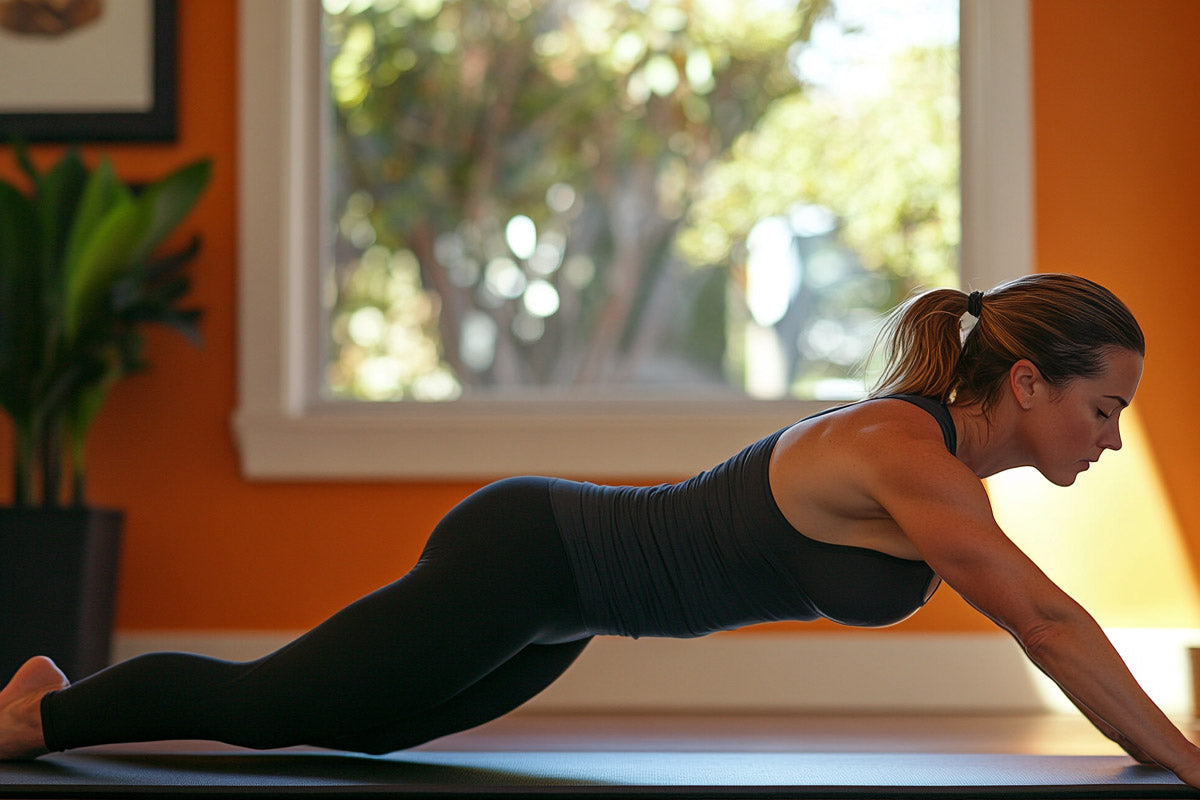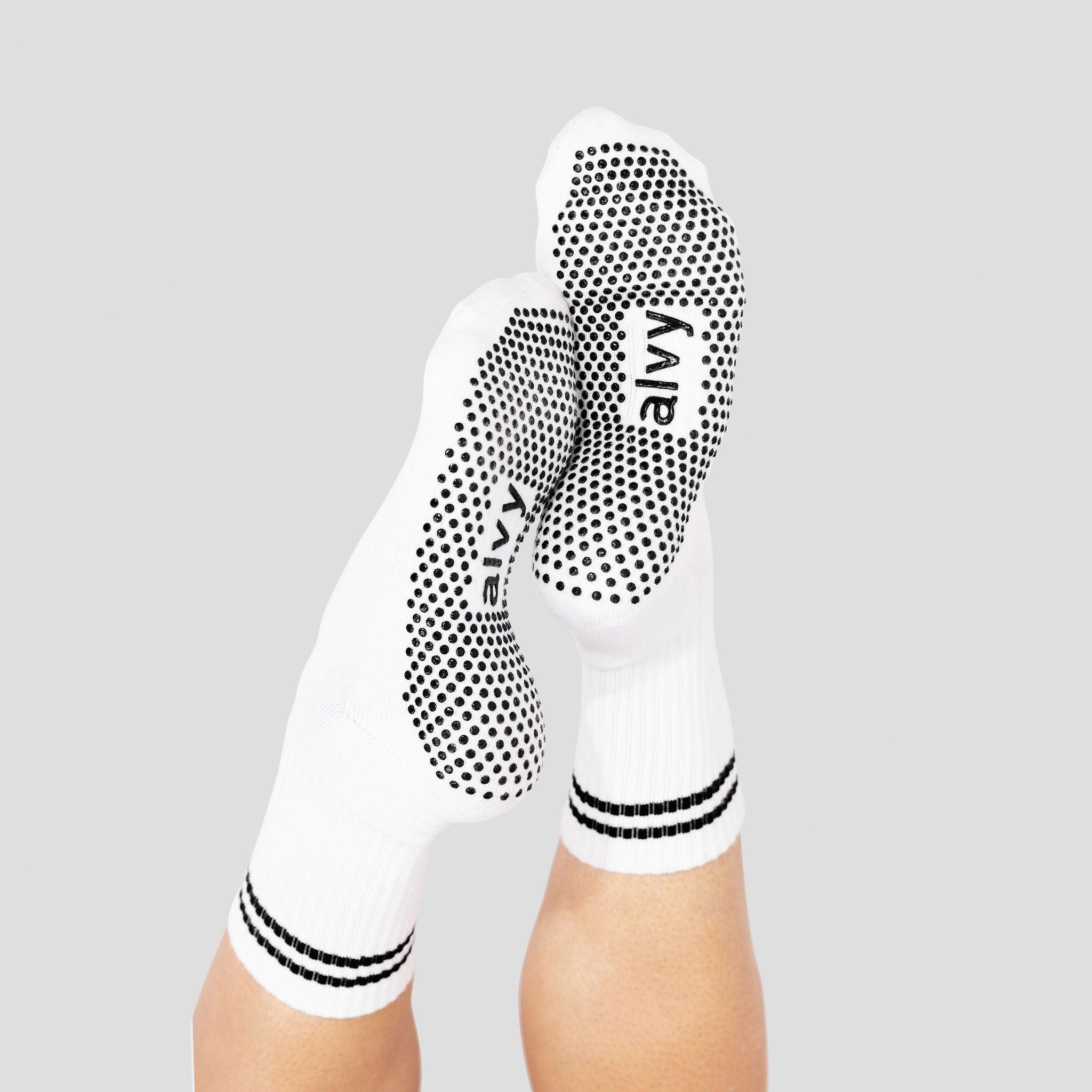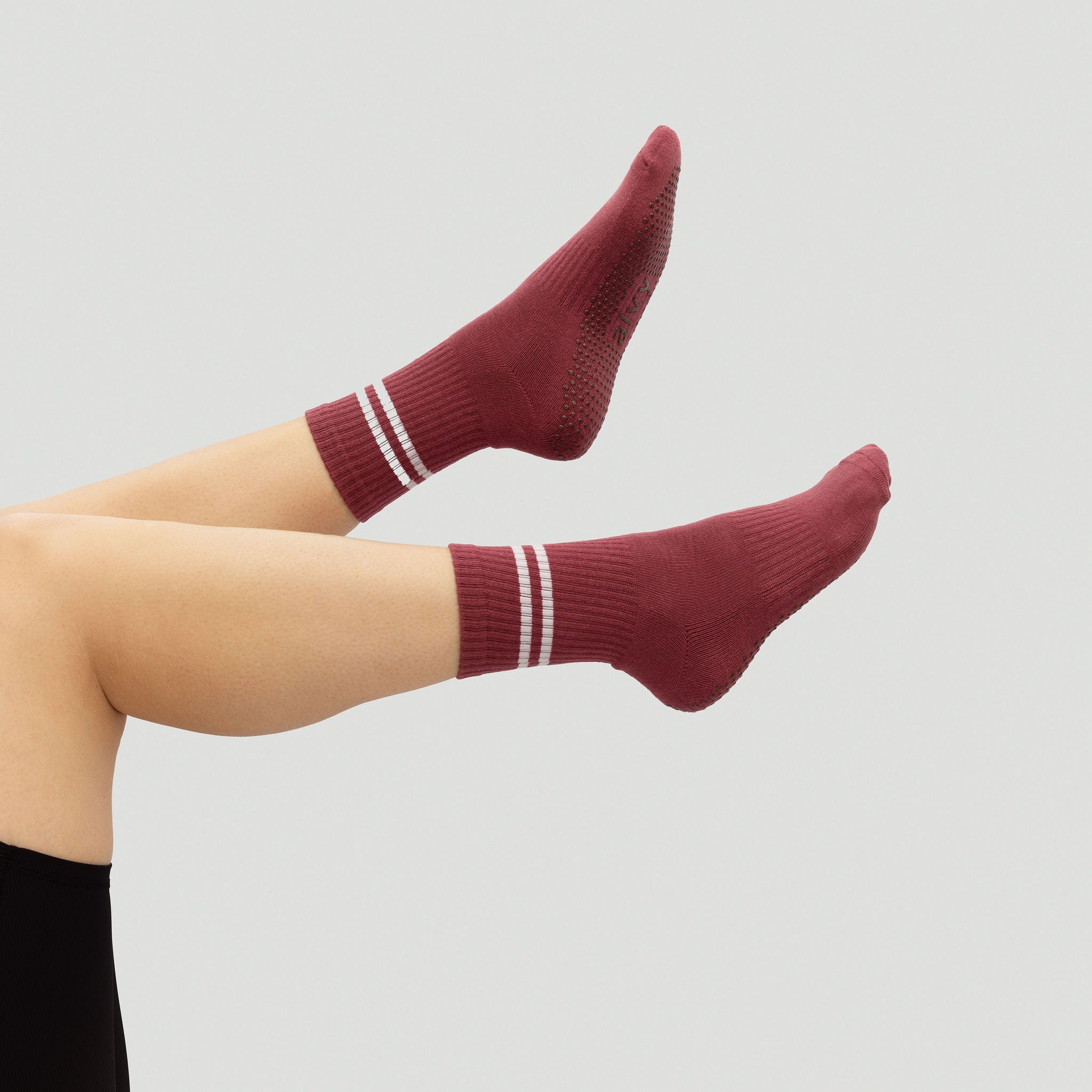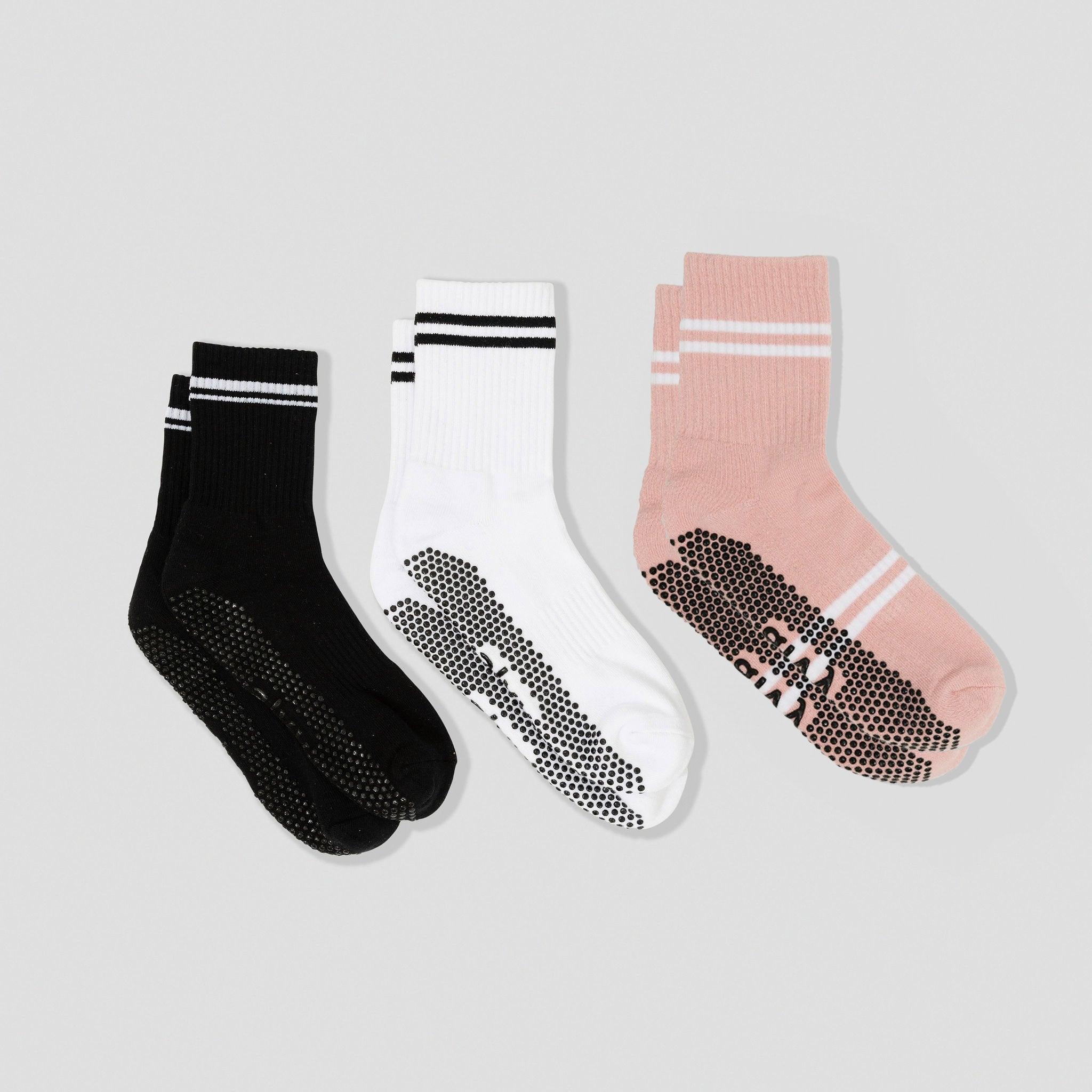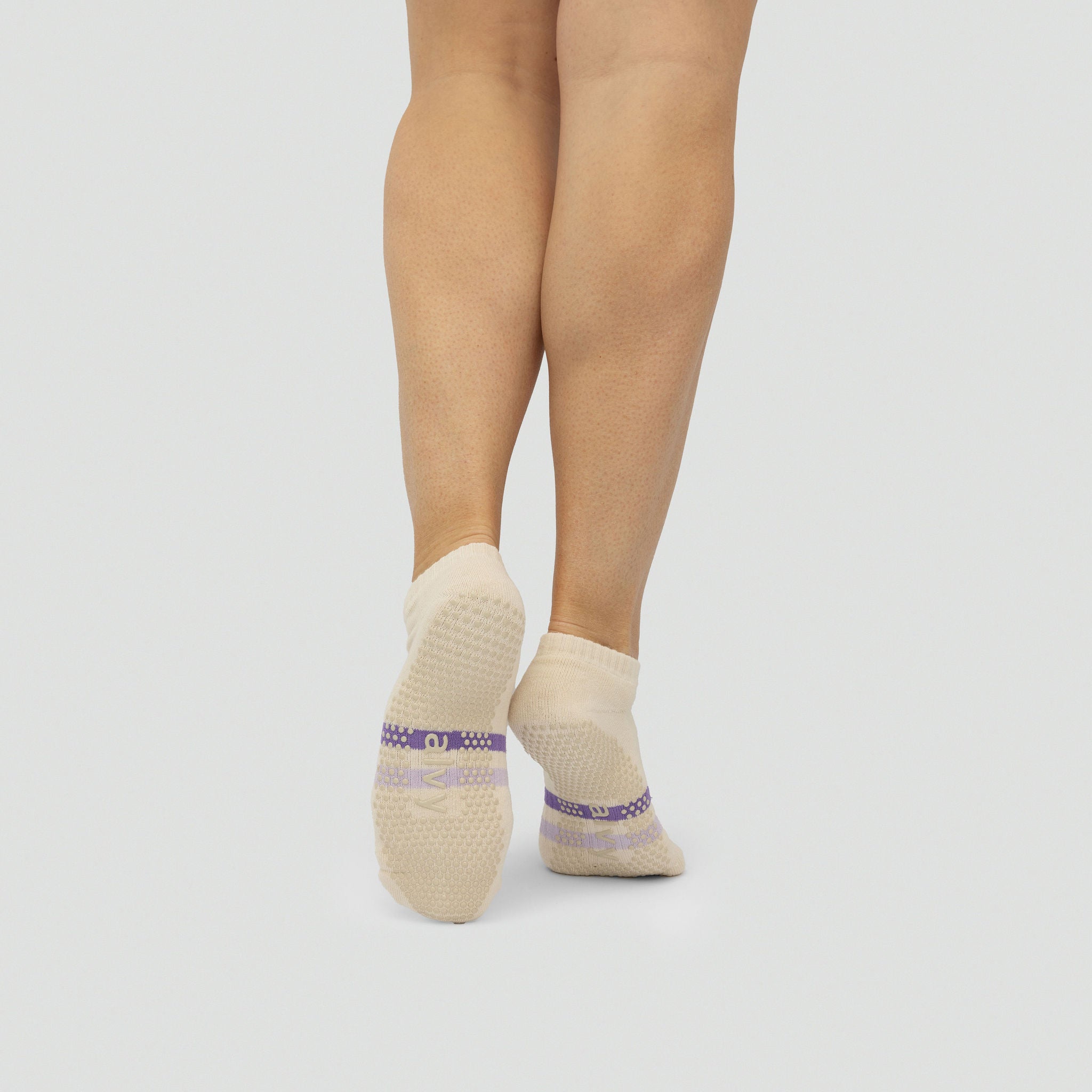Pilates isn’t like any other form of exercise you have tried. It is also nerve-racking to walk into your first session looking like a total beginner.
So here are some notes to help you prepare physically and mentally before your first session. Just be aware that there are some do’s and don’t in Pilates.
1. Arrive Early for Orientation
Arriving early for your initial Pilates class is more crucial than you may realise. In fact, most studios will ask you to come early, around 15 minutes, for orientation so they can show you the basics.
Pilates studios often feature specialised apparatus like the reformer, Cadillac, or chair, which might initially appear daunting. The instructor will want to explain how to set it up, use it, and clean it. They may even show you some basic exercises and how to get your feet in the straps.
Read this: What Is Reformer Pilates?This time also allows your instructor to inquire about any injuries or concerns you may have, which is essential in Pilates. If you are pregnant, then this should be made aware to the instructor since they will need to modify certain exercises to ensure no harm is done to you or your baby.
Use this time to ask questions. Being curious or slightly confused is natural, especially if it's your first class. Whether it's about the reformer machine's spring settings or how to engage your core properly, your instructor will value your eagerness to learn, and you'll feel more prepared when the class begins.
2. It Might Feel Familiar With Yoga
If you have experience with yoga, you might find some Pilates exercises familiar. Both practices emphasise breathing, core strength, and flexibility, but there are important differences between pilates and yoga.
Pilates emphasises precise, controlled movements, often done with resistance from machines or small props such as resistance bands or stability balls.
While yoga can be more fluid, Pilates follows a structured rhythm that focuses on engaging your core - the "powerhouse" - with each movement. The breathing techniques also differ, but everyone has their own way of doing them.
You may be accustomed to deep belly breaths or specific Pranayama techniques in yoga. In contrast, Pilates often uses lateral breathing, where you breathe into your ribcage, expanding it sideways, to engage your core muscles effectively.
It's natural to compare the two, but it's important to remember that Pilates movements have a different purpose. They emphasise strengthening smaller, stabilising muscles rather than flowing through poses.
3. Your Abs Will Hurt
Be prepared to feel the burn.
However, don't be discouraged by this - it's a positive type of soreness that indicates you've worked muscles you don't normally engage in.
Pilates movements are specifically designed to target the outer abdominal muscles and the deeper layers, including the transverse abdominis and pelvic floor.
Embrace the sensation of your muscles working. The soreness signifies that your muscles are adjusting and becoming stronger. As you continue practising Pilates, you will observe that these movements become more manageable, and your core strength will improve.
4. Slower Is Better
Just remember this. If you think you are doing it slow, go even slower.
Slowing down is typically more effective in Pilates. This may appear counterintuitive, particularly if you're accustomed to fast-paced, high-intensity workouts that emphasise speed.
Slowing down each exercise enables you to focus on proper alignment and muscle engagement, resulting in better outcomes and a reduced risk of injury.
Spend more time on each movement. Instead of quickly performing a leg lift or a plank, pay attention to how your muscles function. Is your core activated? Are your shoulders at ease? Are you breathing properly? The slower you move, the more you can perfect your form and ensure you engage the correct muscles.
When a movement becomes challenging, it's tempting to hurry, but Pilates is about developing strength through control. Moving slowly requires more effort to stabilise your body, making the exercise more effective in targeting those small, stabilising muscles.
Over time and with practice, you'll develop strength and endurance without relying on speed.
5. Wearing the Right Clothes Will Be More Comfortable
Fairly tight clothing that is soft on the skin and comfortable will make you enjoy your Pilates sessions a little more.
Loose or baggy clothes can be a hindrance, especially when using the reformer machine, where the extra fabric could get caught in the springs or straps.
Avoid wearing anything too tight or restrictive, such as heavy fabrics or jeans, as they can limit movement. Instead, go for breathable, stretchy fabrics commonly found in yoga or athletic wear. Some of the best pilates activewear are leggings and fitted tops to ensure freedom of movement without the need to readjust your clothes frequently.
Consider the temperature of the studio as well.
Some Pilates studios can be cooler due to air conditioning or fans, so it's a good idea to layer with a light jacket or sweater that can be easily removed as you warm up. Then just take it off and put it aside later.
6. It Doesn’t Replace a Cardio Workout
Remember the part about taking it slow in Pilates? Well, Pilates certainly won’t give you a cardio workout.
Pilates offers an excellent workout for enhancing strength, flexibility, and core stability, but it does not deliver the same cardiovascular intensity as running or cycling.
Instead, it’s a great way to supplement your core, endurance, and overall strength.
Holding specific positions or performing slow, controlled movements can effectively engage your muscles, even though it doesn't resemble traditional cardio.
Thus, while it may not replace your morning run, it will still contribute distinctly to your overall fitness goals.
7. It’s About Repetition and Consistency
Like any workout regimen, consistency and repetition are crucial for progressing in Pilates. Attending classes sporadically simply won't cut it.
For optimal results, try to engage in Pilates at least two to three times per week. But four times a week is ideal to see results faster.
Pilates is a discipline where practice makes perfect. You'll observe enhancements in your posture, strength, and command with each session. Movements that seemed tough in your initial class will gradually become more manageable, and as your confidence grows, you'll progress to more advanced exercises.
It's also important to note that advancements in Pilates take time.
Some benefits, such as improved posture, balance, and muscle tone, may take several weeks or months to become evident. However, if you stay committed, you'll notice enduring changes in your body and overall fitness.
8. There Will Be Other Beginners
Don’t fret about being the sole newcomer in the group. There are always other novices or individuals who are still fresh to Pilates.
Everyone is on their own journey, and it’s perfectly okay for the newbie. In my opinion, newbies are always welcome since they bring laughter and enthusiasm to the studio.
Many Pilates classes provide adjustments for beginners, ensuring that everyone can engage at their own speed. Pay attention to your body and refrain from comparing yourself to others in the group. Concentrate on your own development, and recall that everyone was once a beginner.
Your instructor will frequently advise the group to proceed at their own pace. It’s completely acceptable to take a breather or seek assistance if something feels too demanding. The supportive atmosphere will help you feel more comfortable as you become familiar with the practice.
9. Bring a Towel and a Water Bottle
Keeping your body hydrated is important during any type of workout, including Pilates. Even though Pilates may not be as intense as running or cycling, you can still build up a sweat, especially in more challenging classes or those that target your core.
Bringing a water bottle ensures you can stay hydrated throughout the class, maintaining energy levels and preventing cramps.
A towel can be useful, especially if you sweat a lot. It's not just for wiping your face; in certain studios, mats or reformer machines can become slippery due to sweat, so having a towel nearby can help you maintain your grip and stay safe. While some studios may offer towels, it's always a good idea to bring your own, just in case.
10. Grip Socks Are a Must
In numerous Pilates studios, particularly those that offer reformer classes, it's essential to wear grip socks. And if you want good ones that won’t fall apart after several washes, consider ALVY’s range of low-rise grip socks (especially for warmer months).
These socks have non-slip grips on the underside, which offer additional traction and stability when using the machine or mat. This is especially crucial during exercises that necessitate balance or maintaining a pose for an extended period.
With grip socks, your feet might stay upright, making it more challenging to concentrate on your form and increasing the risk of injury.
Grip socks also contribute to hygiene, especially in shared studio spaces. They cover and shield your feet from germs on the equipment or mats. Many studios mandate them for this reason, so purchasing a few pairs is wise if you intend to incorporate Pilates into your regular routine.
11. Props May Be Used
Pilates frequently involves using props to either aid or challenge you during exercises.
It shouldn't be surprising if your instructor gives you a small stability ball, resistance band, or magic circle during your initial session. These props assist in deepening stretches, enhancing alignment, or providing resistance to increase the difficulty of exercises.
Props can be extremely beneficial for novices.
For instance, a foam roller or small ball might be employed to support your lower back during specific exercises, making it simpler to maintain proper alignment and activate the correct muscles. As you develop strength and flexibility over time, these props can elevate exercises and test your limits.

